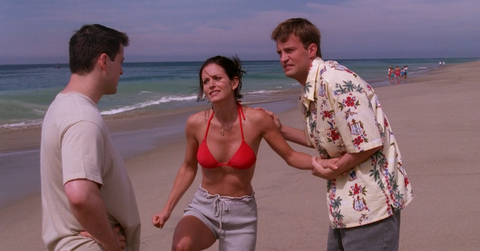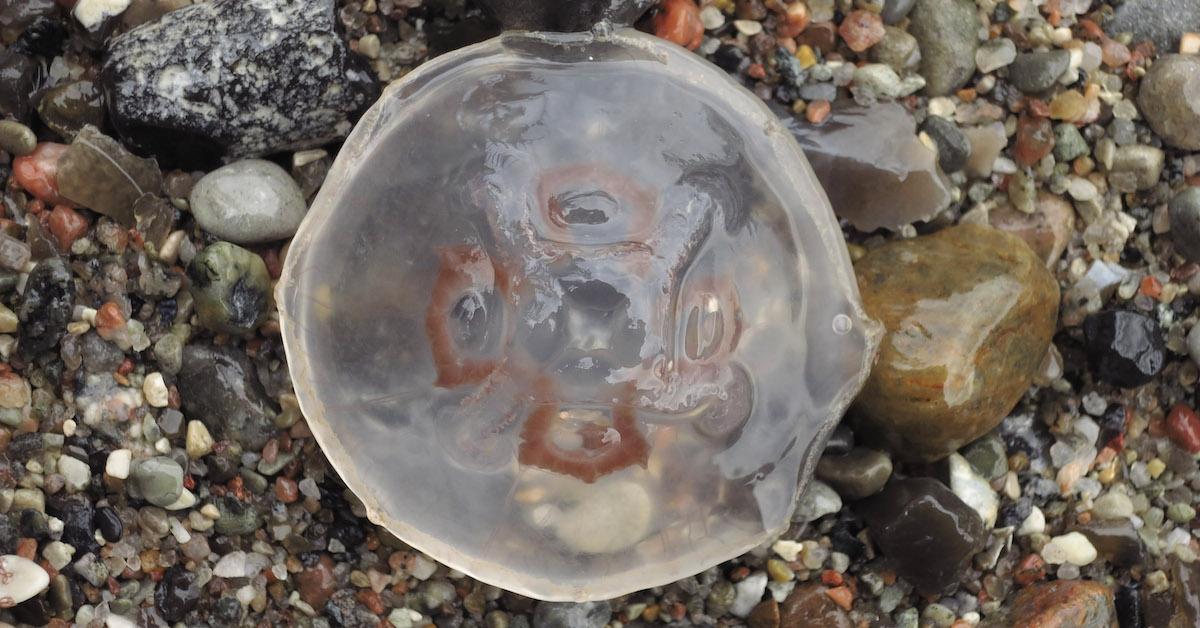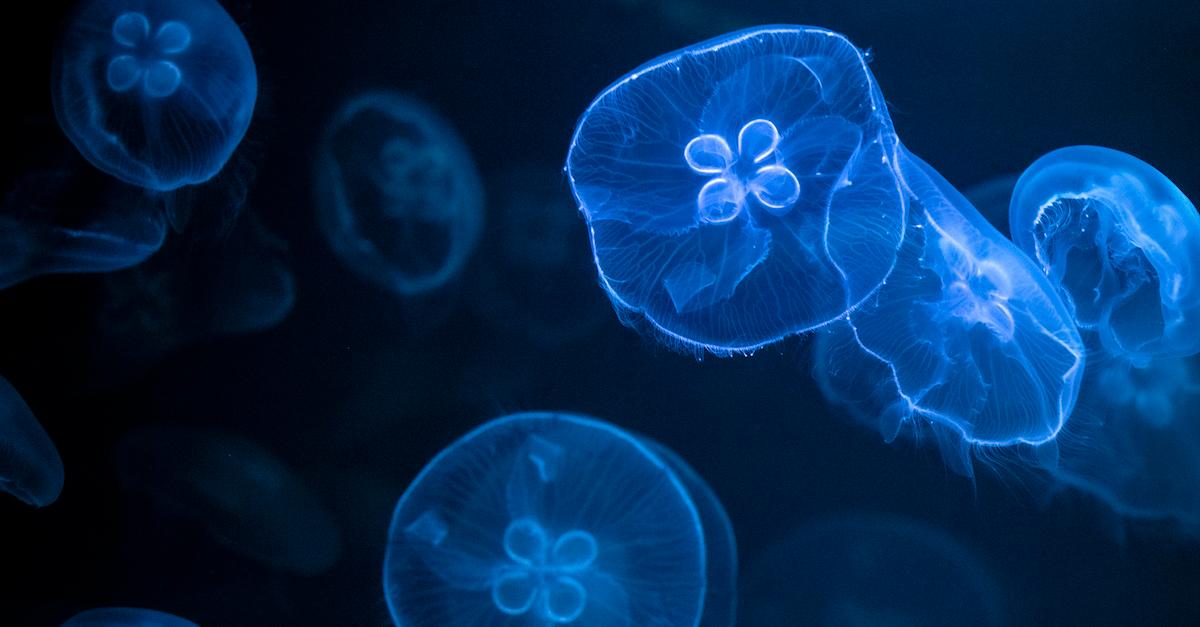Why You May Not Want to Pee on Your Jellyfish Sting
Published July 5 2021, 4:09 p.m. ET

Picture this: You’re enjoying a lovely, sunny day at the beach, and just as you wade into the ocean for the first time... ouch! You’re stung by a jellyfish. And unless you’re reading this from Australia, it’s most likely one of the more innocuous stings.
Benign or not, being stung by a jellyfish definitely hurts. So when you remember hearing something about peeing on a jellyfish sting, you may ask yourself: Why does peeing on a jellyfish sting help with the pain? Or does it actually help at all?
Why does peeing on a jellyfish sting help?
It actually doesn’t. The reality is, peeing on a jellyfish sting does nothing to alleviate pain. According to Scientific American, urine might actually aggravate the jellyfish stingers enough that they will release more venom, thereby causing more pain. The myth stems from the fallacy that the ammonia and urea in urine will neutralize the sting, but according to Healthline, there's too much water in urine for the heavily diluted ammonia and urea to be of any use.

How to soothe a jellyfish sting:
Soothing a jellyfish sting can be as simple as removing the tentacle itself — but unfortunately, it isn’t often as simple as that. Removing the tentacle could activate more of the stinging cells, making the existing sting worse or accidentally dragging it to another part of your body.
According to WebMD, the first thing you should do after getting stung is to rinse the area with vinegar for at least 30 seconds.
Vinegar deactivates the stinging cells in the jellyfish tentacle, and according to Popular Science, the more highly concentrated your vinegar is, the better. After the sting is neutralized, remove the sting with tweezers and soak the affected area in hot water for at least 20 minutes. The water should be hot but not scalding, and a hot shower will work if you are unable to fully soak the area.
If the swelling and itching persist after the soak, WebMD recommends following up with some mild hydrocortisone cream or an oral antihistamine. Ice packs and over-the-counter anti-inflammatories should provide relief for minor stings, but severe reactions and swelling could result in a hospital stay and a potential injection of antivenom.
All that being said, this article doesn't substitute for a legitimate medical assessment — for any jellyfish sting you are not confident you can care for on your own, you should see a doctor as soon as possible.

What happens when a jellyfish stings you?
According to Scientific American, the pain and redness caused by jellyfish stings are the result of stinging cells called cnidocytes. These contain nematocysts, which are specialized cells that contain venom. For most jellyfish, those nematocysts are sharp, straight, and narrow, making them perfect for stingers. Unlike scorpions, whose stings and venom are located only in the stinger itself, jellyfish stinging cells are located along the entire length of their tentacles.
When you get stung by a jellyfish, either by touching or stepping on it, the cnidocyte pops and fills with water. According to Healthline, the resultant pressure forces the stinger out of the cell and into whatever part of your body happened to have accidentally grazed the poor jellyfish. All of this happens in one-tenth of a second, but once that stinger is in, the pain begins.

What does a jellyfish sting feel like?
If you want to know what a jellyfish sting feels like, think about a bee sting. Like bees, jellyfish stinging cells are barbed, almost like harpoons, which is why you need to deactivate them before you go yanking them out. According to The Globe and Mail, jellyfish stings feel like bee stings only in a long line. In addition, those who are stung by jellyfish often develop itchy, red, swollen hives about 24 hours later. Though this is not true for everyone.